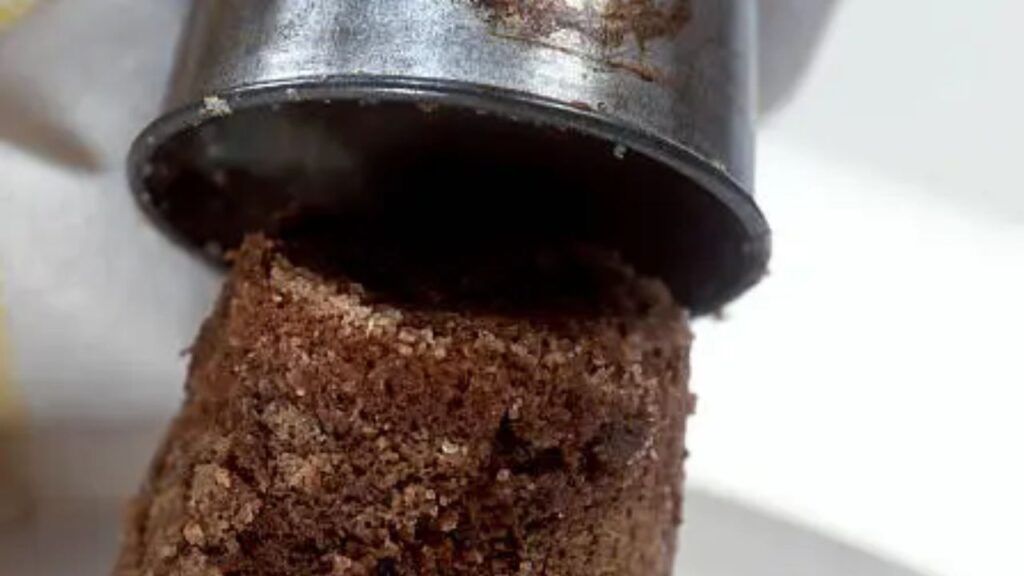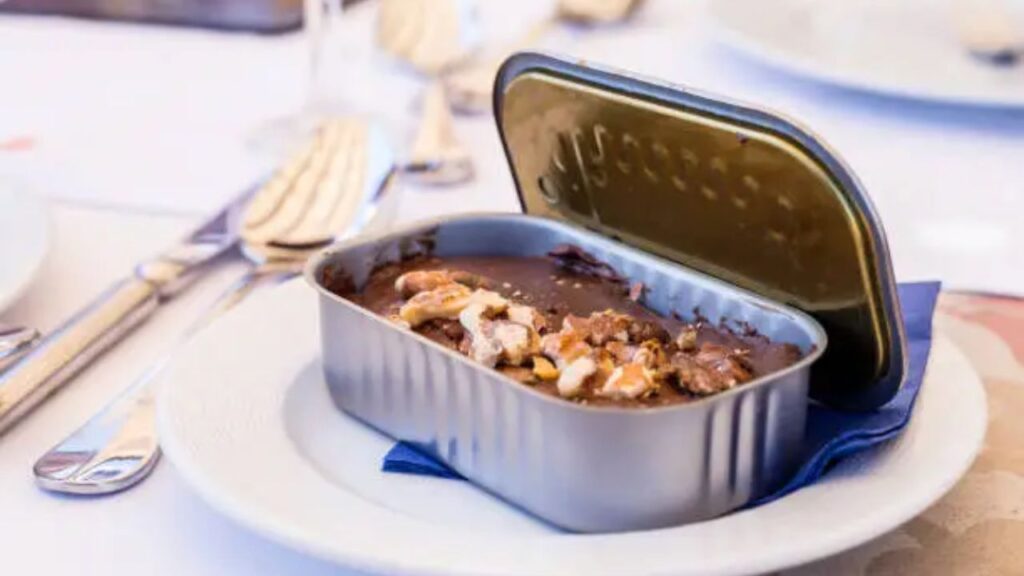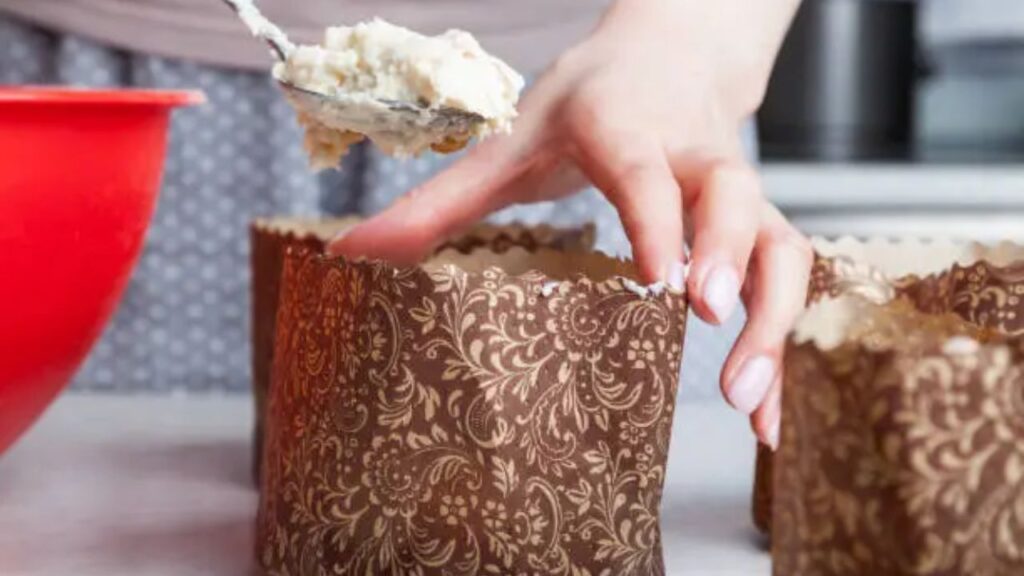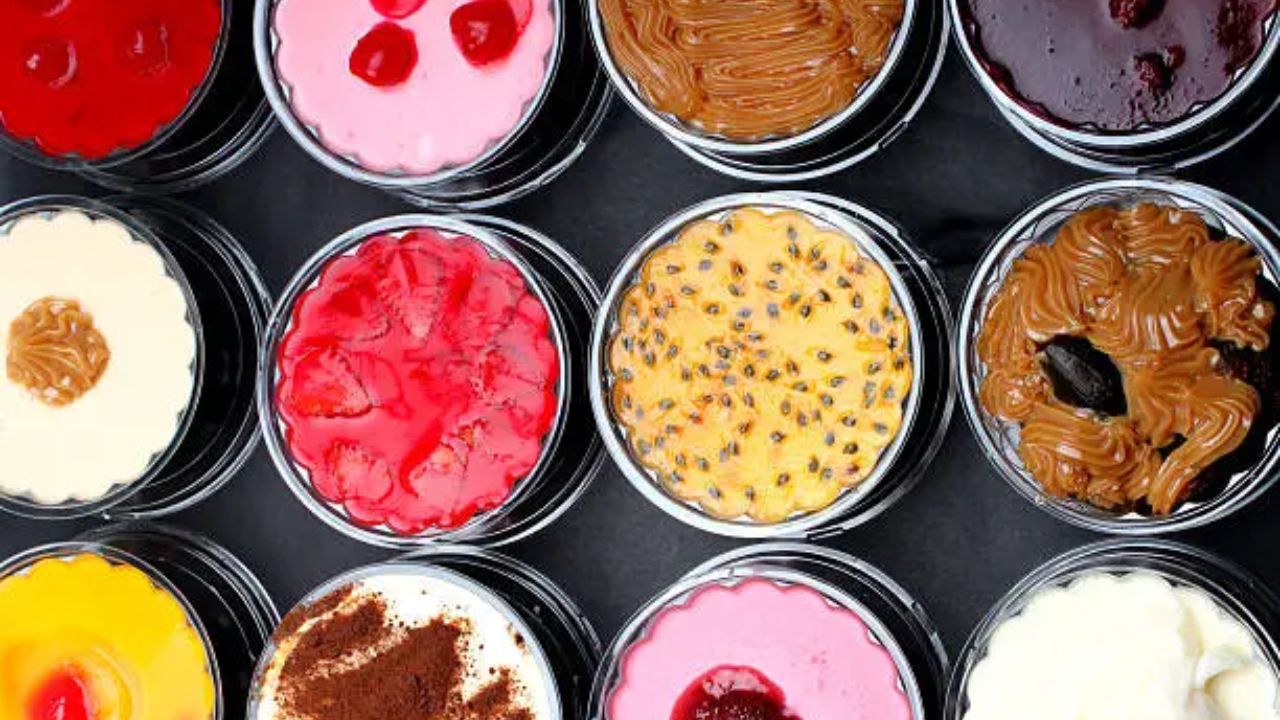Picture this: You want something tasty at 3 AM after a long shift, midway up a mountain trip, or after a hard day at work. You open a can in your bag and find delicious cake instead of stale cookies or having to wait for hours. People are starting to think of cake-in-a-can as dessert because of this revolution. Gourmet cakes are made with fresh ingredients in BPA free food safe tins and take up to months and still remain fresh and tasty. A cake that will not dry quickly, does not have to defrost to a slow pace, is environmentally friendly and easy to cut in pieces. People who appreciate unexpected happiness, including parents making lunchboxes, visitors exploring new places, and anyone else who wants to be free. Cake is easy to enjoy wherever you go—no plates, cutting, or cleaning up.

What Exactly Is Canned Cake?
Real cake is prepared and preserved in a metal can. Excellent construction. The batter is made with real butter, eggs, and high-quality ingredients and poured into lined, food-safe cans. The cake forms a gorgeous, self-contained cylinder against the pan walls as it bakes. After baking, carefully close the can while it’s warm. The cake is preserved without preservatives by being trapped in natural steam similar to a humidity chamber. You see, when you open the lid weeks or months after baking, the bakery-fresh texture and airy, fluffy crumb will meet you with some very strong aromas and flavors of deep fudgy chocolate, crisp lemon zest, and pumpkin spice. All bites are the same and there’s no mess because the can is the baking, storing, and serving dish.
Why Canned Cake Is Dominating the Modern Dessert Scene
Easy-to-use canned cake solves numerous dessert issues. Homemade cakes spoil after one to two days. The cake may change texture after hours of freezing. Hygienic sealing on cans keeps desserts fresh for 6–12 months at room temperature. Second, there is no garbage: Cans can reveal dried food, half-eaten pastries, and fridge food. Third, movement is difficult. Crush, freeze, and heat metal tin in backpacks, gloves, and emergency kits. Plastic can’t. Fast pleasure: 4th You want midnight cake? By car? Take a work break? Twist the lid to prepare immediately. Millennials, busy parents, and outdoor enthusiasts who want to eat enjoy cake in a can.
Balancing Indulgence and Mindful Choices
Let’s get to the point: celebration cake isn’t good for you. Like a slice of cake from a bakery, a can of cake comprises 15–20g of fat and 40–50g of sugar. Creative brands are changing what it means to treat yourself. Many people use almond flour or oat flour instead of refined sugar, honey or maple syrup instead of refined sugar, applesauce to cut down on oil, or protein supplements to keep their energy up. The built-in portion control is the most crucial thing since it stops people from eating too much, unlike cutting “just a little more” off a full cake. Balanced carbs and fats give athletes, hikers, and anybody else who needs quick energy a boost. Canning cake is a better choice than sugary coffee shop pastries and snacks from vending machines.
Canned vs. Fresh vs. Frozen
How does cake in a can really stack up against other choices? Let’s take it apart:
Fresh Cake: It is great on special occasions, however it is not very firm, will get spoiled within 1 or 2 days, it is difficult to transport, and occasionally you will have wastage of the food.
Frozen Cake: It is quite a space hog and it will also take hours to thaw, may build up icy crystals or be soggy, occupies space in the freezer and the bag is sometimes plastic which is not usually recyclable.
Cake in a Can: It is the best since it takes seconds to dispense (easy to use), can last up to six to 12 months (long lasting), can be easily divided into a single serving (single serving) and environmental friendly (aluminum tins which can be recycled).
While fresh cakes win for customization and frozen for bulk savings, canned desserts triumph in practicality, reducing food waste and delivering instant satisfaction anywhere. It’s the dessert equivalent of a Swiss Army knife – reliably versatile.

Creative Ways to Elevate Canned Cake
Use your cooking creativity to get the most out of your canned cake. You may make s’mores with chocolate cake and marshmallows that you roast in the oven. Put things in your emergency kit that will brighten your spirits. A vanilla bean cake during a power outage feels like a treat. You can make parfaits by mixing crumbled lemon cake, berries, and yogurt. You can also do trifles with pudding and whipped cream too. Get creative, Use ribbons or labels to pretty up tins as teacher gifts, welcome baskets or stocking stuffers. Make trendy herb pots, pencil holders or innovative storage using cans that are no longer handy. Some bakeries in the area offer “can decorating” classes to have fun and learn about the environment. Your canned dessert makes people want to be creative and interact with each other.
Crafting Your Perfect Canned Experience
There are no longer all-purpose cake mixes. Markets now fulfill a lot of different needs and tastes. Are you food-allergic? You can have gluten-free, vegan (flax) or ketogenic (almond flour with erythritol). Want to try new things? Spiced apple cider cake, matcha green tea spirals, salted caramel lava cores, and more seasonal delicacies are available. Companies that laser-print names, anniversaries, or messages on cans provide an eco-friendly alternative to plastic cupcakes for special events. Interactive kits also do a lot more: Open some cans to see where you can put frosting, sprinkles, or sauce. You will be able to replace store-bought bases using homemade cinnamon and cardamom blends. Your imagination is the only thing that can prevent you having fun with your canned cake.

Storing Canned Cake
Unopened canned cakes can last for months in cool, dark pantries (don’t let them get direct sunlight!). But after you open them, proper storage keeps their quality. Seal the lid tightly so you may enjoy it at room temperature within 48 hours. This is great for office desktops or weekend treats. Put the slices in sealed containers in the fridge to keep them fresh for longer. They will stay moist for 4–5 days. Wrap individual servings snugly in parchment paper and foil and freeze them for 2 to 3 months. To defrost, put them in the freezer overnight or let them out at room temperature for 30 minutes. Pro revival tip: If cake seems slightly dry, place a damp paper towel inside the sealed can overnight – the trapped moisture will refresh the texture beautifully.
Baking Artisan Cake in a Can at Home
Follow these simple steps to make canned snacks at home and join the trend. Use clean, label-free 14-ounce steel cans. Use soup or veggie cans. Fully oil the insides with butter or baking spray. Fill cans halfway with your preferred batter. This goes well with chocolate, vanilla, or spiced carrot batter. Bake at 350 oF (175 o C) for 30–40 minutes. A toothpick should be clean. Before covering with plastic wrap and screw-top lids, let the cans cool completely. Refrigerate one week or freeze three months. Put raspberry jam on vanilla batter, espresso powder on chocolate, or a quick microwave “frosting” of chocolate chips and coconut oil on top. A portable cake in a can makes a thoughtful gift.
How Canned Stacks Up Against Traditional Desserts
| Feature | Homemade Cake 🎂 | Bakery Cake 🧁 | Frozen Cake ❄️ | Cake in a Can 🥫✨ |
| Freshness Timeline | Best in 24 hours | 1-2 days peak freshness | Texture degrades after thaw | 6-12 months sealed perfection |
| Grab-&-Go Ready | Plates/forks needed | Messy transport | Hours of thawing required | Open & eat anywhere in seconds |
| Portion Control | Temptation to overserve | Oversized slices common | Often bulk portions | Perfect single serving every time |
| Adventure-Proof | Crumbles in bags | Smashes easily | Melts if not kept frozen | Crush-proof & temp-stable for hikes/cars |
| Eco-Footprint | Food waste common | Plastic/box waste | Energy-intensive storage | Recyclable metal tins (zero food waste) |
| Flavor Consistency | Varies by baker/day | Dries out by closing time | Icy crystals alter texture | Moist-locked flavor identical Day 1 or 300 |
| Craving Speed | 1+ hour baking/cooling | Store travel/wait times | 4+ hour thaw | 10-second satisfaction anytime |
The Future of Canned Cakes
But technology is bringing on the cake-in-a-can explosion. Sustainability champion: Certain products use plant based compostable liners instead of metal made labels and recycled ocean plastic. Probiotics for gut health, collagen for health, and protein isolates for fitness recovery are included in Functionier cakes. Global taste fusion is doing well: For those who like to try new things, there are Thai mango sticky rice, Japanese black sesame, and Indian chai-spiced alternatives. In December, holiday subscriptions come with peppermint, and in July, they come with peach cobbler. You may scan QR codes on cans to see augmented reality recipes or baking demos. Since this is an increasing demand, you will find an increasing number of items which are good for diabetics, contain no sugar and contain no allergens. This demonstrates that there is room to have both convenience and morality.
Why Cake in a Can Belongs in Your Life Today
Cake in a can is more than just a trendy snack; it’s a way to improve your life in our busy society. It makes baking less stressful, cuts down on food waste by a lot, and provides you quick enjoyment without guilt or mess. Put one in your desk for tough days at work, in your car for when you’re caught in traffic, in your pantry for when guests come up out of the blue, or in your go-bag for when you need it. Savor the tasty pellets, the forceful flavor, and the times associated with dessert. People who want things to be simple and cheerful appreciate cake in a can. Not only is it easy to make, but it’s also a simple and nice approach to battle against complexity. Taste the future one wonderful bite at a time.
FAQs
1. Does the cake taste like metal?
No way. Food-grade epoxy liners make a barrier that can’t be broken, keeping the cake flavor pure.
2. Can I recycle the packaging?
Sure! A big environmental benefit of metal versus plastic is that you can rinse the can and recycle it with other metals.
3. Are these safe for school lunches?
Many manufacturers make lunchbox-friendly foods and amenities that don’t have nuts.
4. How long can I store unopened cans?
They can be stored in a cool dark pantry for up to 6 to 12 months.
5. Do they require refrigeration?
Only after it has been opened. Cans that haven’t been opened will stay good on the shelf.




